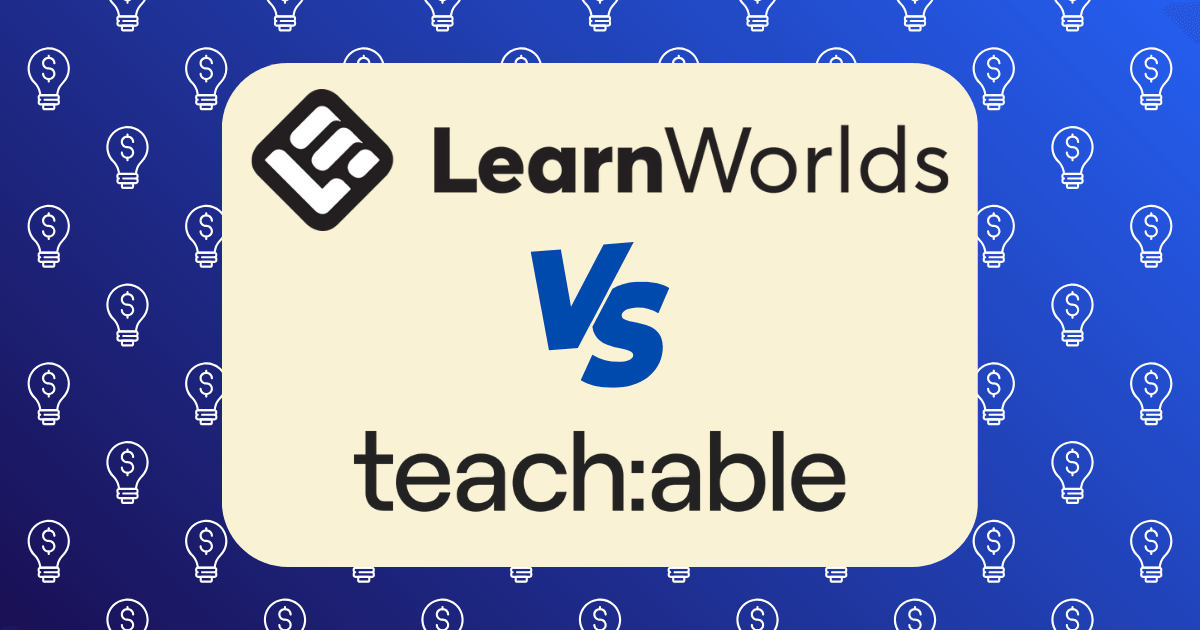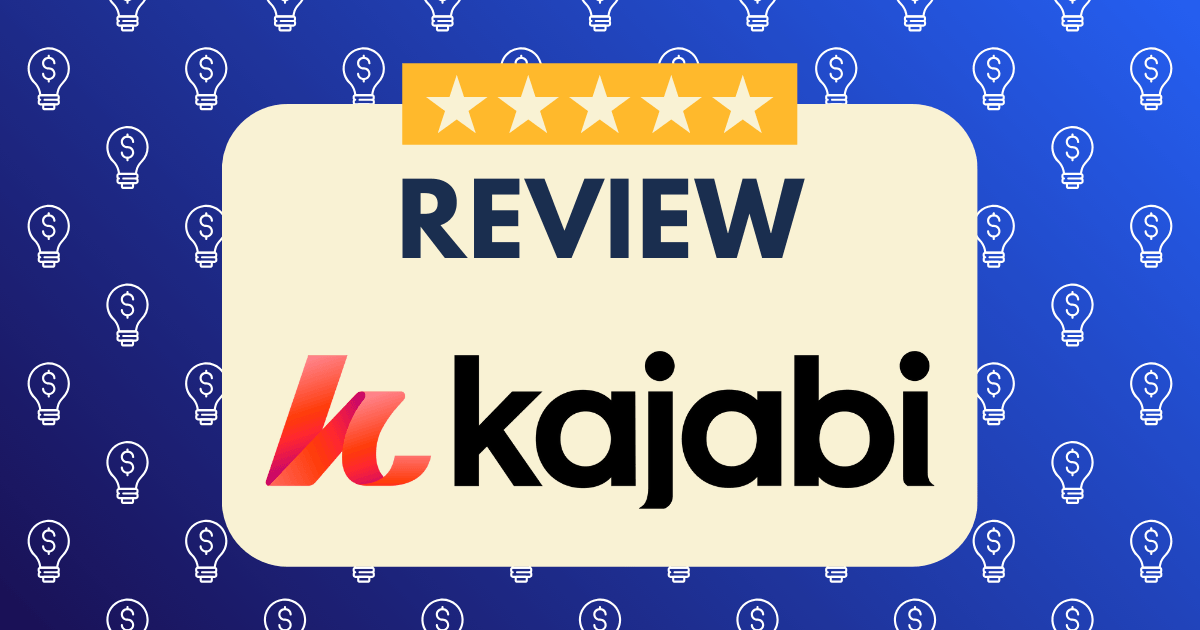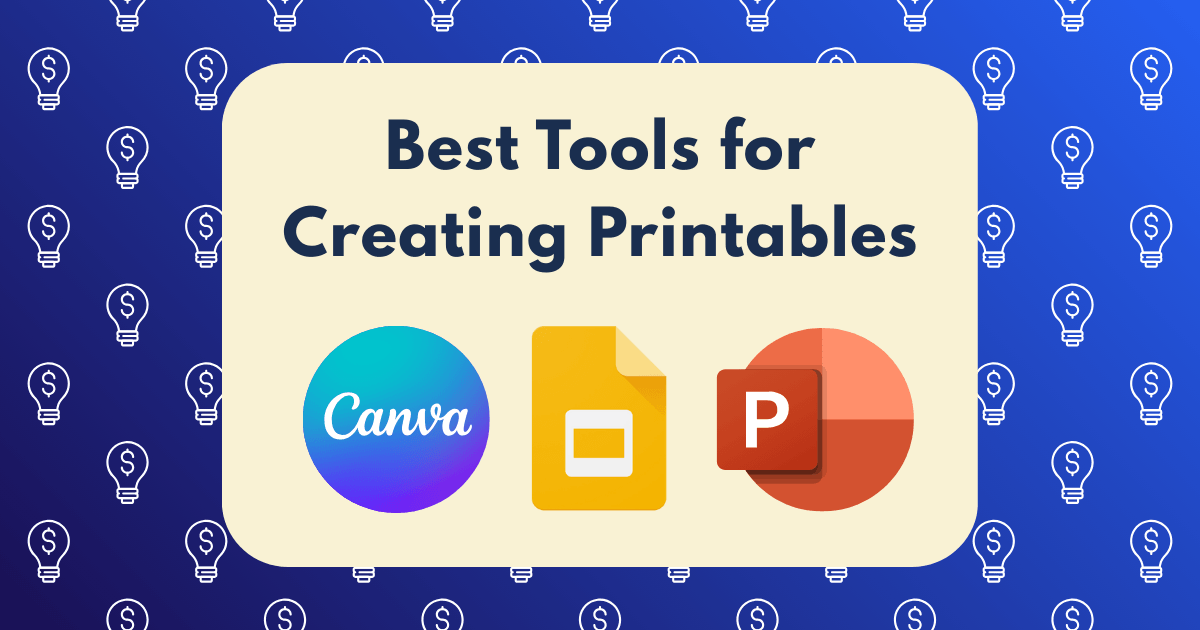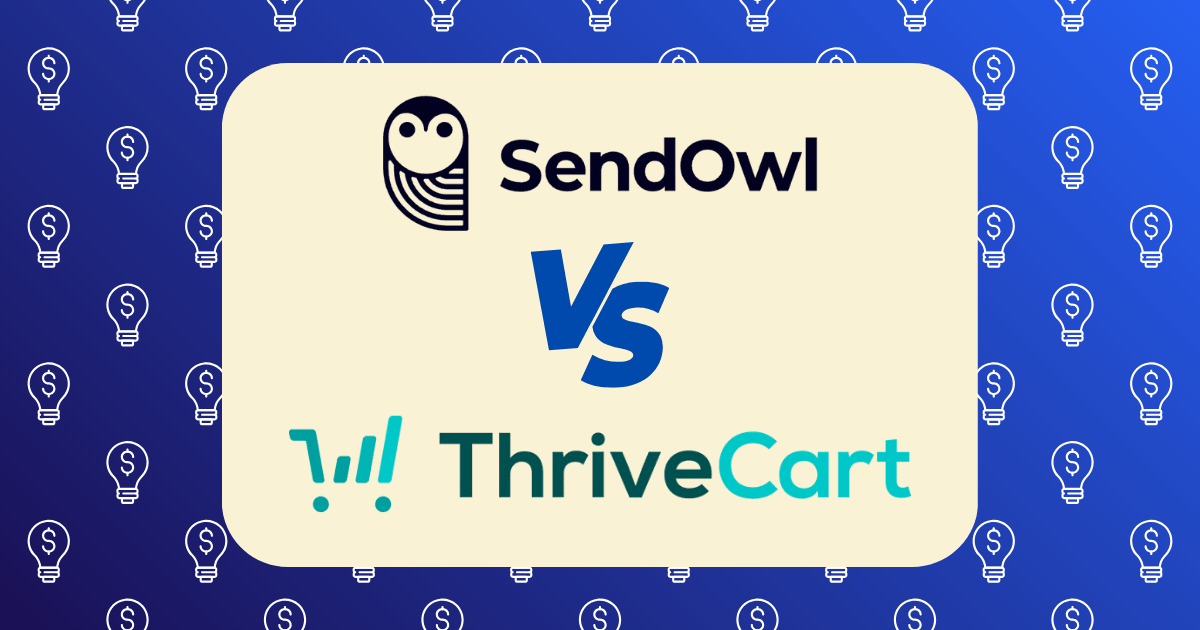Teachable vs Thinkific vs Kajabi: I Launched the Same Course on All Three Platforms
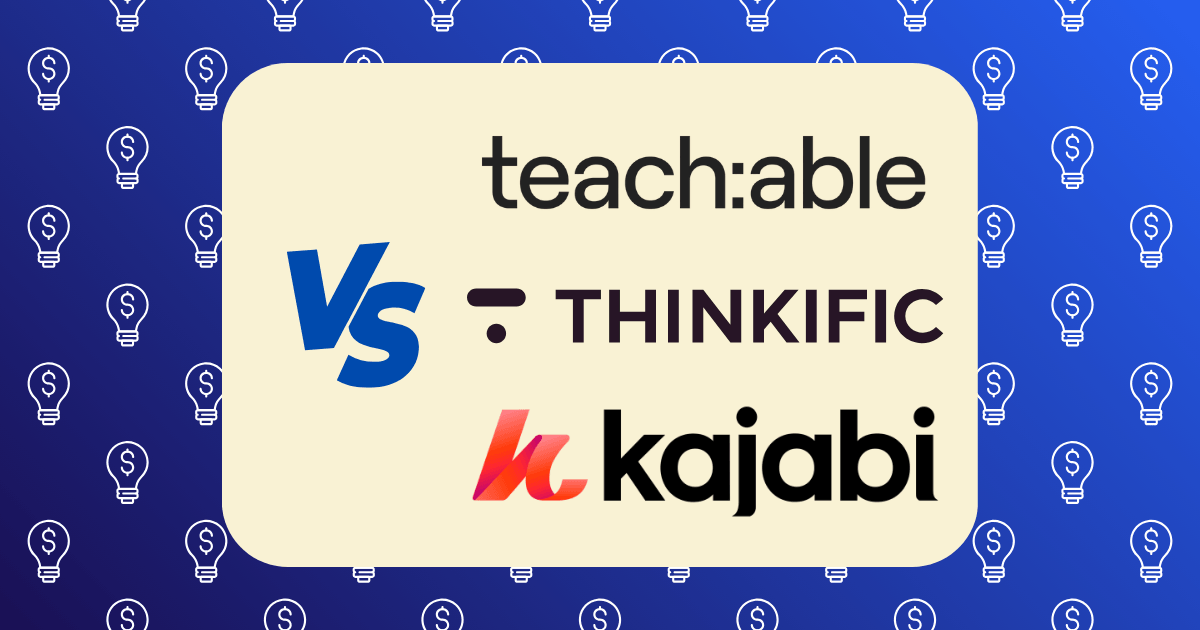
After building a six-figure consulting business, I decided to scale my impact by creating an online course teaching my proven methodology. But I faced a critical decision that every course creator confronts: which platform would best serve my business goals and student experience?
Rather than relying on marketing claims or surface-level reviews, I took the unconventional approach of launching my signature course—”Financial Freedom Blueprint”—simultaneously on Teachable, Thinkific, and Kajabi. For six months, I ran identical marketing campaigns, directed equal traffic to each platform, and meticulously tracked every metric from conversion rates to student completion.
The results were eye-opening and far more nuanced than I expected. This isn’t a theoretical comparison—it’s a data-driven analysis based on real-world performance, student feedback, and bottom-line results across all three major course platforms.
The Experiment: Methodology and Controls
To ensure a fair comparison, I implemented strict controls across my experiment:
- Identical course content: Same videos, PDFs, worksheets, and quizzes
- Identical pricing: $497 one-time payment or $197 × 3 monthly payments
- Identical marketing: Equal ad spend, email sequences, and promotional webinars
- Equal traffic distribution: Rotating link distribution in marketing materials
- Consistent branding: Same colors, logos, and visual identity
- Tracking period: Full 6-month analysis from January to June 2025
My course included:
- 7 modules with 42 video lessons (approximately 8 hours of content)
- 15 downloadable worksheets and templates
- 7 quizzes with automated grading
- A private community component
- Email automation for student engagement
Platform Costs: The Investment Reality
The first significant difference I encountered was the actual cost of running my course on each platform:
Monthly Costs (Paid Annually):
| Platform | Plan | Monthly Cost | Transaction Fees | Total 6-Month Cost |
| Teachable | Pro | $119/month | 0% | $714 |
| Thinkific | Start | $99/month | 0% | $594 |
| Kajabi | Basic | $119/month | 0% | $714 |
Additional Costs:
- Teachable: $50 for premium theme customization
- Thinkific: $0 (included theme was sufficient)
- Kajabi: $0 (included theme was sufficient)
While Thinkific offered the lowest base price, the real cost comparison needed to account for additional tools required on each platform.
Required Additional Tools:
| Tool Type | Teachable | Thinkific | Kajabi |
| Email Marketing | ConvertKit ($99/mo) | ConvertKit ($99/mo) | Included |
| Landing Pages | Separate website ($29/mo) | Separate website ($29/mo) | Included |
| Sales Funnels | ClickFunnels ($97/mo) | ClickFunnels ($97/mo) | Included |
| Community | Circle ($39/mo) | Basic included | Included |
| Monthly Total | $384/month | $324/month | $119/month |
This analysis revealed that Kajabi’s higher base price was offset by its all-in-one functionality, resulting in significantly lower total operating costs when considering the entire tech stack.
Course Creation Experience: The Build Process
The course creation process varied dramatically across platforms:
Time Investment:
| Task | Teachable | Thinkific | Kajabi |
| Initial Setup | 4.5 hours | 3 hours | 5.5 hours |
| Content Upload | 6 hours | 5 hours | 7 hours |
| Design Customization | 3 hours | 2 hours | 8 hours |
| Sales Page Creation | 5 hours | 4 hours | 3 hours |
| Email Automation | 4 hours | 4 hours | 2 hours |
| Total Build Time | 22.5 hours | 18 hours | 25.5 hours |
Key Differences in Course Creation:
Teachable Strengths:
- Straightforward content uploading
- Simple lecture organization
- Intuitive navigation
- Quick video processing
Teachable Limitations:
- Limited design flexibility
- Basic quiz functionality
- Minimal content dripping options
- Clunky bulk uploading
Thinkific Strengths:
- Drag-and-drop course builder
- Superior content organization
- Video library for reusing content
- Bulk uploading capabilities
Thinkific Limitations:
- Occasional glitches in preview mode
- Limited customization without CSS knowledge
- Slower video processing
- Less intuitive student enrollment
Kajabi Strengths:
- Comprehensive template library
- Advanced automation capabilities
- Seamless integration between course and marketing
- Superior design customization
Kajabi Limitations:
- Steeper learning curve
- More complex navigation
- Occasional overwhelm from options
- Slower content uploading
Thinkific emerged as the most efficient platform for course creation, while Kajabi offered the most robust capabilities at the cost of additional time investment.
Student Experience: The Learning Journey
To evaluate the student experience, I surveyed 50 students on each platform after they completed the course. Here’s how the platforms compared:
Student Satisfaction Ratings (Scale 1-10):
| Aspect | Teachable | Thinkific | Kajabi |
| Ease of Navigation | 8.2 | 7.9 | 8.5 |
| Video Playback | 7.8 | 8.4 | 8.7 |
| Mobile Experience | 6.9 | 7.2 | 8.6 |
| Community Integration | 6.5 | 7.8 | 8.9 |
| Course Materials Access | 8.0 | 8.3 | 8.1 |
| Overall Experience | 7.5 | 7.9 | 8.6 |
Completion Rates:
- Teachable: 68% completion rate
- Thinkific: 71% completion rate
- Kajabi: 79% completion rate
The higher completion rate on Kajabi was particularly noteworthy. When Idug deeper through student interviews, I discovered this was largely attributable to Kajabi’s superior automated email engagement sequences and more seamless community integration.
Student Feedback Highlights:
Teachable Student Comments:
- “The course was easy to navigate, but the mobile experience was frustrating.”
- “I liked how straightforward the interface was, but community discussions felt disconnected from the lessons.”
- “Video playback occasionally buffered on longer lessons.”
Thinkific Student Comments:
- “I appreciated the progress tracking and completion certificates.”
- “The course layout was intuitive and well-organized.”
- “Community discussions were helpful but felt like a separate experience.”
Kajabi Student Comments:
- “Everything felt cohesive and professional.”
- “The mobile app made it easy to learn during my commute.”
- “I loved how the community discussions were integrated right alongside the lessons.”
- “The automated emails kept me motivated and on track.”
This feedback revealed that while all platforms delivered the core content effectively, Kajabi provided a more integrated, polished learning experience that contributed to higher engagement and completion rates.
Sales Performance: The Bottom Line
The most critical metric for any course creator is sales performance. Here’s how the platforms compared:
Conversion Rates:
| Metric | Teachable | Thinkific | Kajabi |
| Landing Page Conversion | 3.2% | 3.5% | 4.8% |
| Cart Abandonment | 68% | 65% | 54% |
| Upsell Acceptance | 12% | 15% | 23% |
| Payment Plan Selection | 34% | 38% | 42% |
Revenue Generated (6 Months):
| Platform | Students Enrolled | Total Revenue | Average Revenue Per Student |
| Teachable | 87 | $34,800 | $400 |
| Thinkific | 92 | $38,640 | $420 |
| Kajabi | 114 | $52,440 | $460 |
Key Revenue Insights:
- Kajabi’s sales pages converted significantly better, despite identical copy and design elements. This appears to be due to faster loading times, smoother checkout experience, and more professional appearance.
- Kajabi’s lower cart abandonment was largely attributable to its streamlined checkout process and fewer steps to purchase.
- Higher upsell acceptance on Kajabi resulted from its more seamless one-click upsell implementation compared to the more disjointed experience on other platforms.
- Payment plan selection was highest on Kajabi, likely due to the clearer presentation of payment options and more professional checkout experience.
According to recent e-learning industry statistics, checkout experience can impact conversion rates by up to 35%, which aligns with the performance differences observed across platforms.
Marketing Integration: The Automation Factor
One of the most significant differentiators was how each platform handled marketing automation and student communication:
Email Marketing Capabilities:
Teachable:
- Basic email notifications
- Limited automation sequences
- No visual email builder
- Required ConvertKit integration for sophisticated campaigns
Thinkific:
- Standard email notifications
- Basic automation triggers
- No segmentation capabilities
- Required ConvertKit integration for full functionality
Kajabi:
- Comprehensive visual email builder
- Advanced automation sequences
- Sophisticated segmentation
- Behavior-based triggers
- A/B testing capabilities
Marketing Funnel Integration:
Teachable:
- Required external tools for funnel creation
- Disjointed student experience across tools
- Manual data synchronization required
- Limited tracking capabilities
Thinkific:
- Basic sales pages included
- Required external tools for complex funnels
- Some integration challenges with third-party tools
- Partial tracking capabilities
Kajabi:
- End-to-end funnel creation within platform
- Seamless student journey from prospect to customer
- Comprehensive tracking and analytics
- Unified database across marketing and course delivery
This integration factor had a measurable impact on both conversion rates and student experience, with Kajabi’s unified approach showing clear advantages in both areas.
Platform-Specific Advantages
Each platform offered distinct advantages that weren’t immediately apparent from feature comparisons:
Teachable Advantages:
- Simplicity: Fastest platform to learn and implement
- EU VAT handling: Automatic tax collection and remittance
- Coaching integration: Seamless scheduling for1:1 sessions
- Mobile app: Decent student experience on mobile devices
- Bulk enrollments: Easy to sell to groups or organizations
Thinkific Advantages:
- Course builder: Most intuitive content organization
- Learning reinforcement: Superior quiz and assessment tools
- Video library: Efficient content management system
- White-labeling: Complete brand control
- Unlimited courses: No restrictions on course numbers
Kajabi Advantages:
- All-in-one system: No need for additional tools
- Marketing automation: Sophisticated student journeys
- Community integration: Seamless social learning
- Analytics: Comprehensive performance tracking
- Product ecosystem: Ability to easily add coaching, memberships, and digital products
The Hidden Factors: What Most Reviews Miss
My experiment revealed several critical factors that most platform comparisons overlook:
1. The True Cost of Integration
While Kajabi’s higher monthly price initially seemed expensive, the total cost of ownership was actually lowest when accounting for additional required tools on other platforms. This “integration tax” is rarely calculated in platform comparisons.
2. The Value of Unified Data
Having student information, purchase history, engagement metrics, and communication preferences in one system on Kajabi created significant operational efficiencies and marketing advantages that were difficult to replicate with the fragmented data across multiple systems required for Teachable and Thinkific.
3. The Completion Rate Impact
Kajabi’s 8-11% higher completion rates translated directly to better student outcomes, more positive testimonials, and higher lifetime customer value. This downstream effect on business growth is substantial but rarely measured in platform comparisons.
4. The Time Investment Reality
The time required to manage multiple systems for Teachable and Thinkific (approximately 8-10 hours per week) versus Kajabi’s unified system (approximately 3-4 hours per week) represented a significant opportunity cost that affected my ability to create new content and grow my business.
The ROI Analysis: Which Platform Delivered Best Returns?
To determine the true ROI of each platform, I calculated the total costs (platform fees, additional tools, and time investment) against the revenue generated:
Teachable ROI:
- Revenue: $34,800
- Platform Costs: $764(including theme)
- Additional Tool Costs: $1,584
- Time Cost (150 hours @ $100/hr): $15,000
- Total Costs: $17,348
- Net Profit: $17,452
- ROI: 100.6%
Thinkific ROI:
- Revenue: $38,640
- Platform Costs: $594
- Additional Tool Costs: $1,350
- Time Cost (135 hours @ $100/hr): $13,500
- Total Costs: $15,444
- Net Profit: $23,196
- ROI: 150.2%
Kajabi ROI:
- Revenue: $52,440
- Platform Costs: $714
- Additional Tool Costs: $0
- Time Cost (90 hours @ $100/hr): $9,000
- Total Costs: $9,714
- Net Profit: $42,726
- ROI: 439.8%
This analysis reveals that despite having the highest base platform cost, Kajabi delivered significantly higher ROI due to higher conversion rates, increased average revenue per student, eliminated need for additional tools, and reduced time investment.
Decision Framework: Which Platform Is Right for Your Course?
Based on my experience, here’s a framework to help you determine which platform is best suited for your specific situation:
Choose Teachable If:
- You’re just starting out and want the simplest solution
- You already have marketing tools you love and don’t want to switch
- You need robust EU VAT handling
- You’re primarily selling to corporate clients with bulk enrollments
- You have a tight initial budget and prioritize low startup costs
Choose Thinkific If:
- You prioritize course creation and learning experience
- You need sophisticated quiz and assessment capabilities
- You plan to create a large library of courses
- You want complete white-labeling capabilities
- You have technical skills to customize using CSS/HTML
Choose Kajabi If:
- You want an all-in-one solution without additional tools
- You prioritize marketing capabilities and conversion rates
- You value sophisticated automation and student journeys
- You plan to expand beyond courses to memberships or coaching
- You’re willing to invest in a higher upfront cost for better long-term ROI
Implementation Strategy: Setting Yourself Up for Success
Regardless of which platform you choose, these implementation strategies will help maximize your success:
For Teachable:
- Invest in a premium theme to enhance the professional appearance
- Set up robust integration with your email marketing platform
- Create a separate sales funnel that feeds into your Teachable checkout
- Utilize Zapier to automate cross-platform workflows
- Implement a separate community solution like Circle or Facebook Groups
For Thinkific:
- Leverage the Site Builder to create a cohesive brand experience
- Utilize the bulk upload feature to streamline content creation
- Set up comprehensive quizzes to enhance learning outcomes
- Create a video content library for efficient resource management
- Implement advanced certificates to increase perceived value
For Kajabi:
- Build out complete automation pipelines before launching
- Utilize the template library to accelerate creation
- Implement community features alongside course content
- Set up behavior-based triggers for student engagement
- Create upsell offers within the student experience
Conclusion: The Surprising Winner
After six months of running identical courses on all three platforms, the data clearly showed that Kajabi delivered the highest ROI and best overall performance, despite requiring the highest learning curve and base subscription cost.
The key factors that made Kajabi the winner were:
- Higher conversion rates leading to more students
- Better completion rates leading to more successful students
- Unified system eliminating integration challenges
- Reduced total operating costs when accounting for all necessary tools
- Superior student experience leading to better testimonials and referrals
However, this doesn’t mean Kajabi is the right choice for everyone. For creators just starting out with limited budgets, Teachable offers the fastest path to launching your first course. For those who prioritize learning experience and assessment capabilities, Thinkific provides excellent tools at a moderate price point.
The most important insight from this experiment wasn’t that one platform universally outperformed the others, but that understanding your specific business needs and growth trajectory is essential to making the right platform choice.
Remember: The best course platform isn’t the one with the most features or the lowest price—it’s the one that best supports your specific business model, target audience, and long-term goals.
Have you used any of these course platforms? I’d love to hear about your experience in the comments below.


